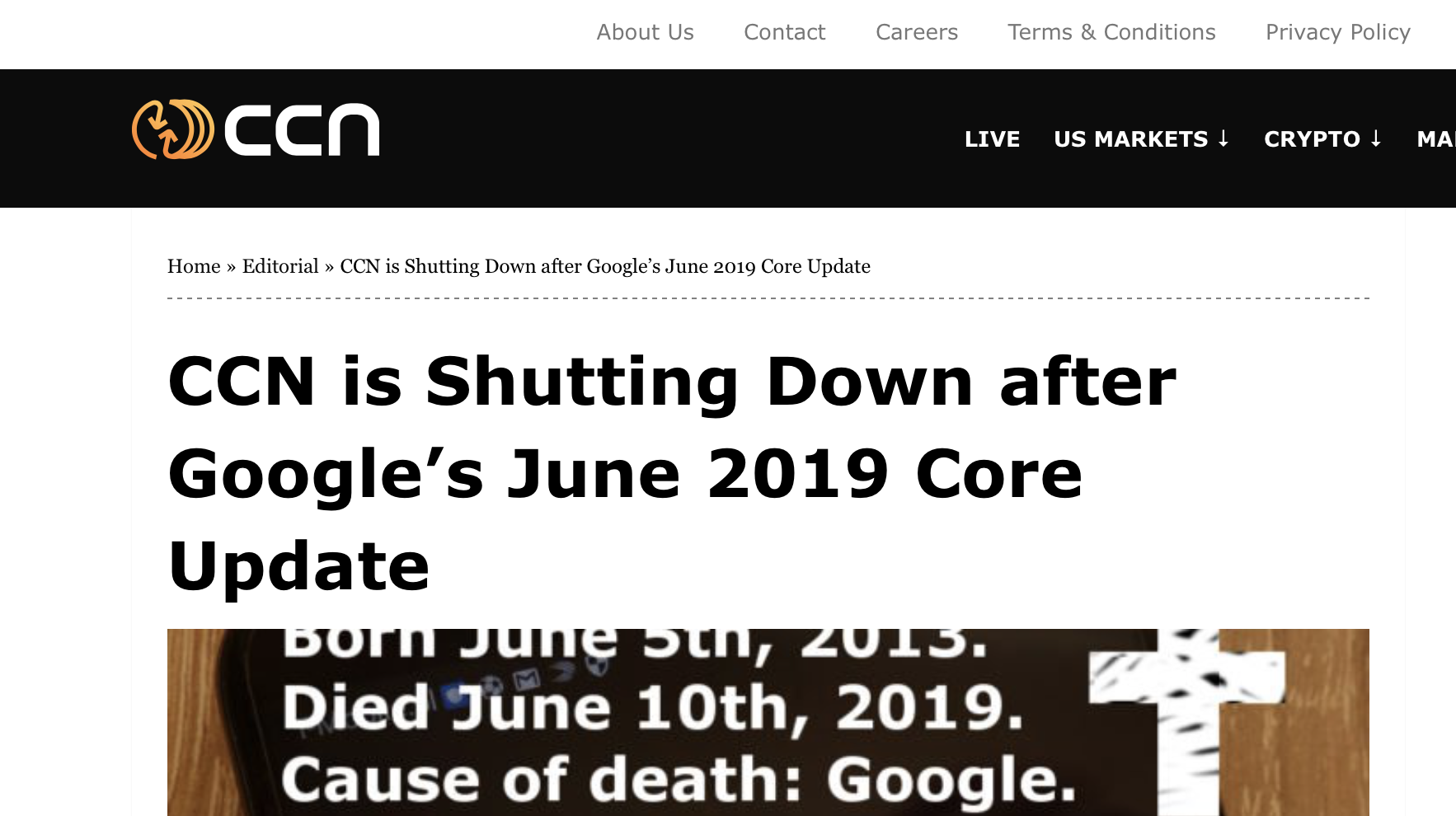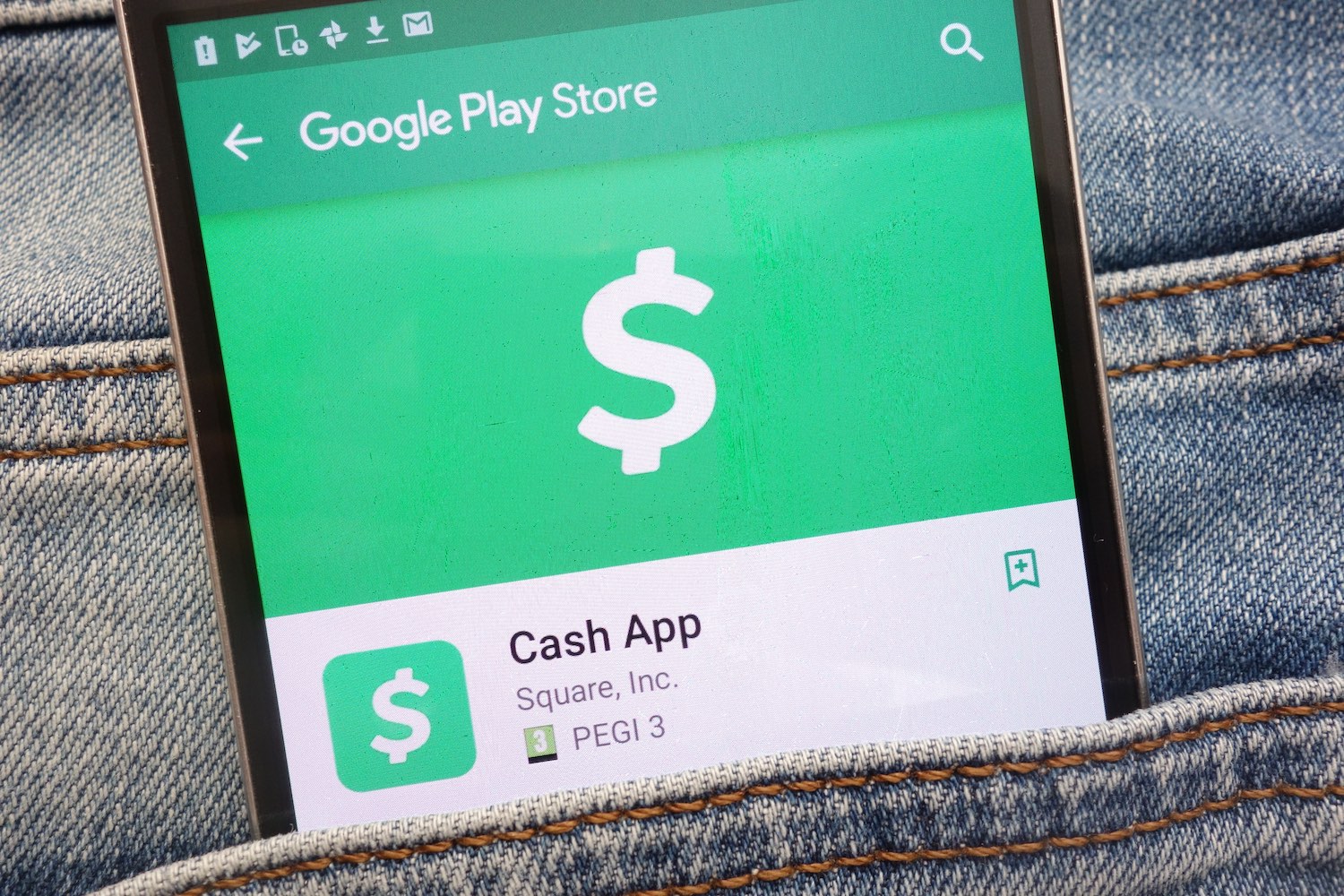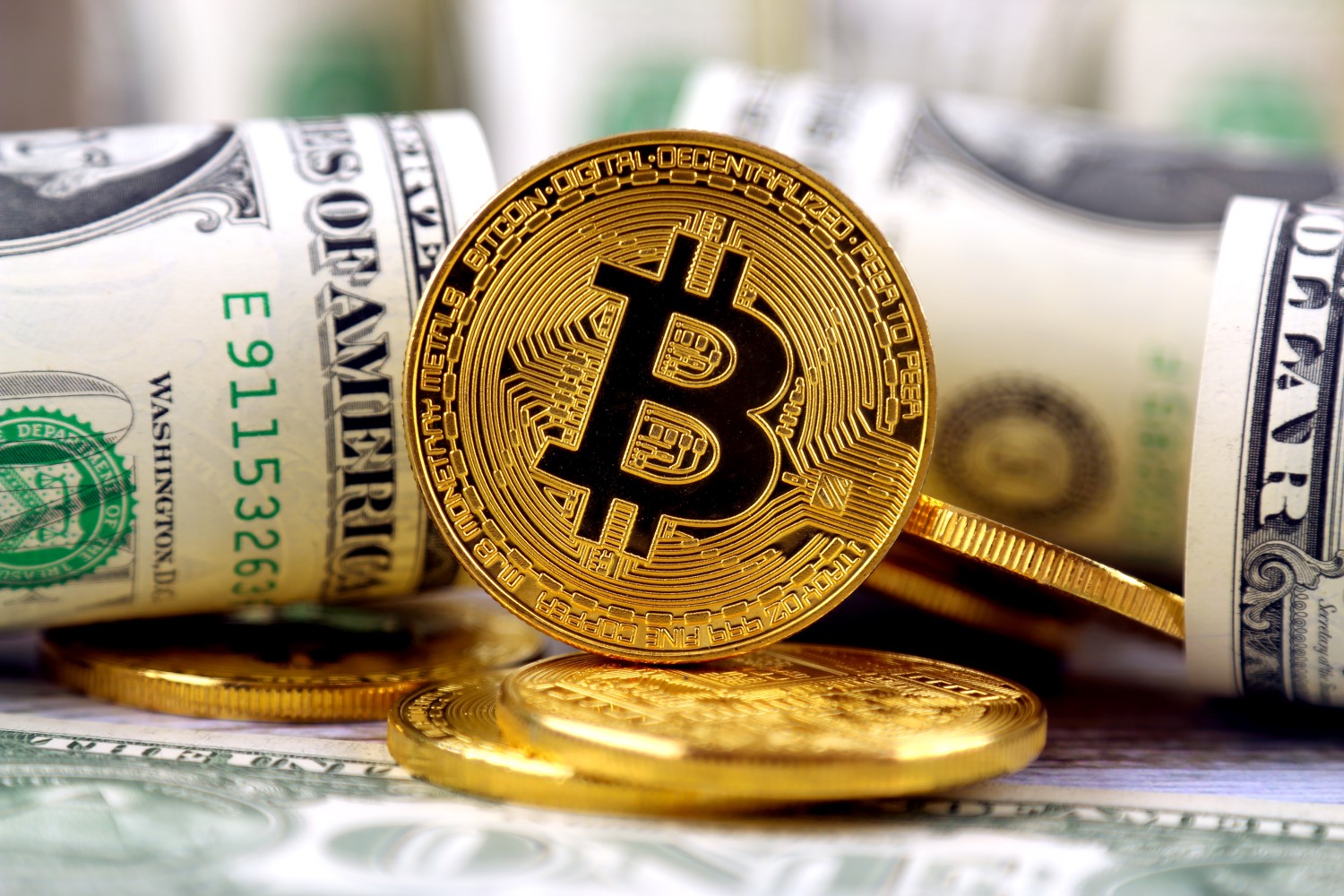Will Crypto Torch Jamie Dimon?

Michael J. Casey is the chairman of CoinDesk’s advisory board and a senior advisor for blockchain research at MIT’s Digital Currency Initiative.
The following article originally appeared in CoinDesk Weekly, a custom-curated newsletter delivered every Sunday exclusively to our subscribers.
___________
Will the crypto community torch Jamie Dimon?
Now, before I get “deep-stated” off social media, I need to clarify that I am most definitely speaking metaphorically here. Actual violence is never an option, kids.
I am referring to twin occurrences in the world of blockchain technology that offer competing visions of how it will develop.
The first was the widely reported news that that JPMorgan, whose CEO is the notoriously anti-bitcoin Dimon, will issue a JPM-branded digital currency, managed by its own permissioned distributed ledger, for use by its large-scale corporate and institutional clients operating within the bank’s $6 trillion daily wholesale payments operations.
The second was the growing interest within the crypto community around the Lightning Torch, an experiment launched on January 19 that’s revealing aspects of both the technical and social functionality of the nascent Lightning network. As communicated over Twitter using the hashtag #LNTrustChain, users who receive the torch’s growing pool of bitcoin are asked to add 10,000 satoshis (0.0001 BTC, or approximately 35 cents) and pass it onto someone who they trust will send the torch to someone else.
After 199 hops and only a few snafus, the torch on Friday afternoon was still alive in the hands of Meltem Demirors, Chief Strategy Officer at CoinShares, and it contained 3.35 million satoshis. Once the total reaches a hard limit of 4.39 million satoshis, or around $156, the community has resolved to donate the funds to a charity.
A tale of two ‘crypto’ projects
There you have it: One centrally managed, corporate initiative to improve global transfers for a business that moves the equivalent of almost a third of U.S. GDP every day, and a second, separate project that’s led by a decentralized community, and which, after almost a month, is yet to reach its top value of $156.
Naturally, what JPMorgan is doing is getting more attention in the mainstream press, not just because of the sums involved but also because the apparent disjuncture between Dimon’s disdain for bitcoin and the bank’s embrace of what it’s calling a “cryptocurrency” makes a good headline. (For the record, I concur with Coin Center’s Jerry Brito: JPM Coin is not a cryptocurrency.)
But notwithstanding the sophisticated cryptography and protocol design behind JPMorgan’s Quorum distributed ledger system and this digital currency implementation, I’d argue that the Lightning Torch users are working on a much bigger and more important problem.
They are mapping out the framework for a radically different peer-to-peer, instantaneous payments system that involves no intermediaries. It’s a model for global, digital cash.
That’s a much bigger deal than a bank using a distributed ledger, one that it controls, to enable large institutions it already works with to more efficiently shift money around within the same intermediated banking system.
Don’t get me wrong: what JPMorgan is doing may well unlock a huge amount of value in the massive, friction-filled world of cross-border fund movements. For the time being, multinational businesses will continue to use what they are used to: dollars and banks. When one of the biggest banks comes up with a more efficient way to send and receive dollars, why wouldn’t they use it?
But, let’s face it, trillions of dollars or not, JPMorgan, by building a system that intrinsically depends on its own intermediation, is not doing anything nearly as radical as peer-to-peer transactions in bitcoin over the Lightning Network.
The proof of that, ironically, lies in the fact that Lightning Torch is dealing in in small amounts. The overhead-heavy, trust-intensified, middleman-laden infrastructure of the banking system makes it prohibitively costly to send tiny amounts through it, regardless of whether the instrument of exchange is digital or not.
But people, if not large corporations, need to send small amounts to each other, all the time. The same will go for billions of devices on the Internet of Things. Efficient, decentralized, electronic micropayments will be vital to the online economy of the future.
It’s one reason why Jack Dorsey, CEO of Twitter, sees bitcoin eventually being the “native currency” of the Internet and why, as an investor in Lightning development company Lightning Labs, he was one of the participants in the Lightning Torch relay.
Why Lightning Torch matters
There’s no guarantee of success for Lightning, a so-called “Layer 2” solution to bitcoin’s scaling and cost challenges that achieves greater efficiency by opening smart contract-controlled, peer-to-peer payment channels operated off-chain. Some worry that the only way the technology can foster a viable global network of interlinked payment channels is for profit-making companies to take charge of ever-growing hubs in what would be a de facto centralizing solution.
That’s why experiments like the Lightning Torch relay, as trivial as they might seem to outsiders, are vital. People involved in Lightning’s development need to experience real-world functionality. This has always been the case for the evolution of bitcoin itself, which, beyond finding bugs in the code, also required community leaders and entrepreneurs to figure out the social and economic components of the overarching exchange system.
No wonder people have drawn comparisons to this event and past community initiatives to test bitcoin’s real-world value, such as Laszlo Hanyecz’s 2010 purchase of two Papa John’s pizzas for 10,000 BTC. (There’s even a nod to that with a new Lightning app that lets you buy pizza.)
These kinds of low-stakes transactions matter, both because they are a risk-minimizing way to demonstrate real-world functionality and because engaging people in all the complex aspects of exchange systems can help designers come up with better solutions. Andreas Antonopoulos told CoinDesk that because payment routing is not yet automated, as the size of the torch gets larger, users have been challenged to find workable routes to get money to new recipients through their interlinked networks of payment channels. This will help people unearth bugs in the system until it can be more automated, he noted.
Bitcoin’s initial success in building out a real-world community of users on the basis of similarly small-scale experiments is what ultimately put cryptocurrency, and later blockchain technology, onto the radar of the world’s banks, and led them to explore aspects of that technology for their own usage – albeit by stripping out the more threatening, decentralized components.
There’s a straight line from Hanyecz’s bitcoin pizza purchase to JPM Coin, in other words.
As a community of users emerges around Lightning’s decentralized payments model, how will banks and other incumbent institutions respond?
Torch image via Shutterstock










